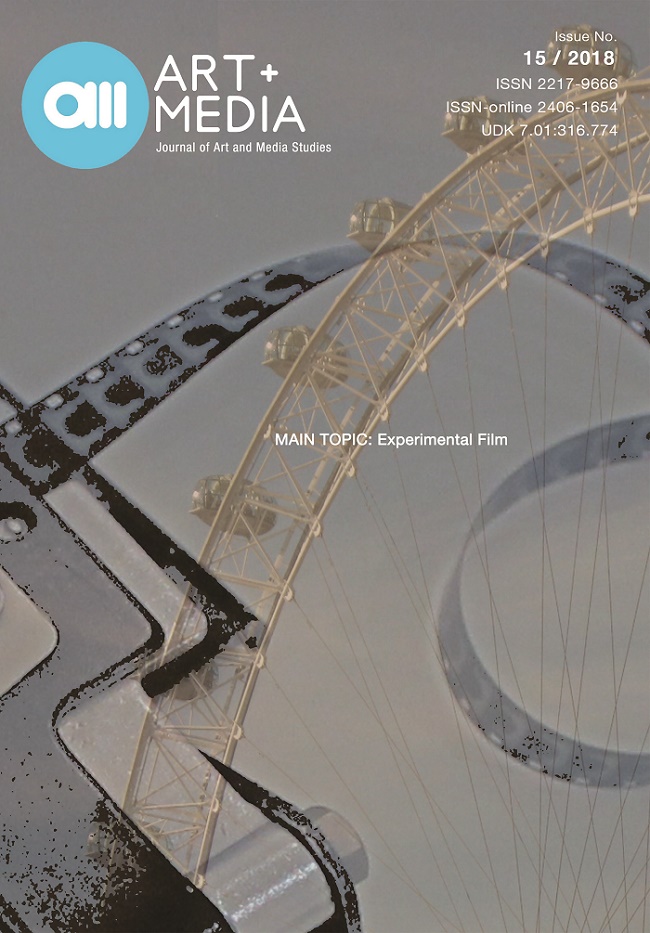The Kino-Eye Montage Procedure as a Formal Experiment
The Kino-Eye Montage Procedure as a Formal Experiment
Author(s): Amra LatifićSubject(s): Film / Cinema / Cinematography
Published by: Fakultet za medije i komunikacije - Univerzitet Singidunum
Summary/Abstract: This text presents an analysis of the relationship between Kino-Eye, the Russian montage technique that was most clearly demonstrated by Dziga Vertov in his 1929 film The Man with a Movie Camera, and Russian Formalist theory, which underwent an intensive period of development during the 1920s. Russian Formalism, established primarily as a theory of literature, was likewise applied in film and the visual arts. A dominant characteristic of Soviet film authors and theorists from the avant-garde period was a preoccupation with linguistic aspects and an understanding of film itself in terms of language. Transposing Viktor Shklovsky’s notion of defamiliarization [остранение, ostranenie] to the visual experience of Vertov’s film contributes to an additional understanding of the usage of unconventional camera angles, diagonal camera positions, as well as to the interpreting of the Kino-Eye montage procedure. The experimental montage procedure of Kino-Eye is posited as an attempt to decode the world through the lens of a film camera, while understanding this procedure is linked to the impact of Shklovsky and Russian Formalism on Russian 1920s cinema.
Journal: AM Časopis za studije umetnosti i medija
- Issue Year: 2018
- Issue No: 15
- Page Range: 23-33
- Page Count: 11
- Language: English

